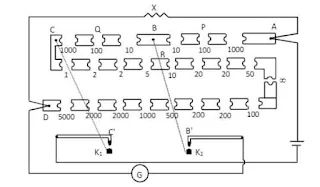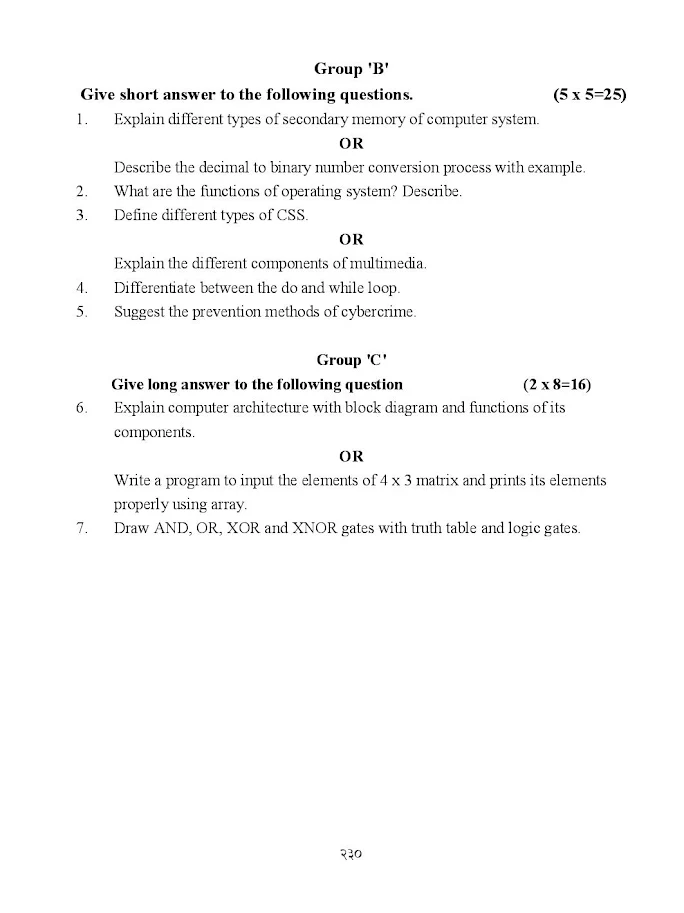Science Project Report
Format
General Information:
· 12
pt Times New Roman font / Fair handwriting
·
Double Spaced
·
1 inch margins
·
Always write in third person
·
Write in Full Sentences except for the materials
list
· Each student should submit at least a project
report on a subject.
Important
Reminders for a Project Report
Ø
Check Spelling
Ø
Use Significant figures and units regarding
measurements and calculations Avoid personal pronouns
Ø
Headings should stand out and each section
should be separated by 1 line Neatness counts -> use rulers when needed
(especially when using tables and
Ø graphs),
type if possible
Ø
Do not copy verbatim (word for word) from the
lab handout or any other source. This is plagiarism and would result in a zero
mark and possible further consequences.
Title Page - Heading, Name,
Class Name, Teacher Name, Date Lab Report
Introductory Paragraph – This
section should be written in complete sentences and should connect lab concepts
to class content, The introduction should provide background information on the
history of the concepts tested, scientists, theories, and any laws tested in
the experiment. Cite Sources Used. The introduction should contain any prior
knowledge on which the experiment is based including an explanation of principles, definitions, experimental
techniques, theories, and laws.
State Problem / Purpose The
objective is a concise statement in complete sentences outlining the purpose of
the experiment. The purpose section of a lab is where you tell the reader your
reason for doing the lab in the first place and briefly summarize any relevant
background information about the experiment, including any relevant chemical
equations and/or algebraic equations.
Hypothesis:
(When your project quantitative: based on data) Possible if_then_ statement. Define any variables
such as manipulated, measured, controlled and the cause and effect predicted.
The hypothesis is a one-line sentence where you discuss how you’ll solve the
problem at hand. The statement after “if” is the independent variable. The
independent variable is whatever you will do to solve the problem. The statement
after “then” is the dependent variable, because what happens will depend on
what you did in the first place. Generally, the dependent variable will be the
problem you mentioned in the purpose.
Materials: (Bulleted List) The materials
section is a list of all equipment, reagents (chemicals), and computer programs
that were used to complete the experiment.
Drawings of the apparatus
setup should be included in this section if needed. The materials list must be
complete. Indicate how much of each material will be used in the experiment.
If you plan
on arranging some of the equipment into a more complex setup (for example, if
you are going to heat something over a Bunsen burner, you will need a ring
stand, wire gauze, etc.), draw it as well as mention the equipment used.
Procedure: This section may be
written in either paragraphs or numbered steps. Explain the test design, and
allow for pictures and diagrams. The procedure is a detailed statement (step by
step) of how the experiment was performed such that the experiment could be
repeated using your report. Safety precautions that were followed should be
stated in this section. The procedure must be written in the impersonal (3rd
person) past tense:
e.g. We are taking the
temperature every 2 minutes. NO
The temperature was taken every
2 minutes. YES
Data / Results / Observations:
This is a collection of observations, measurements, multiple trials, data
tables, charts, and repeating steps. This section may consist of quantitative
and/or qualitative observations of the experiment. A qualitative piece of data
is a written description and/or sketch of what was seen during the experiment.
Quantitative information may
be in the form of a table or simply a written description. When graphs are
required, special attention should be paid to the following items: the type of
graph expected (straight line or curve), utilizing the entire graph paper,
plotted point size, title of the graph, and axis labels. When numerous
measurements have occurred, data is to be placed in a data table whenever
possible. Figure headings are placed below the figure and should give a short
description of the figure. The figure number should be in bold print. Table
headings are found above the table and should also have a brief description.
Analysis / Calculations: Graphs,
Error Calculations, Equations, Statistical Analysis - One example of each type
of calculation should be included. Results from numerous calculations should be
placed in a data table with the proper number of significant figures and
correct units. % yield and % error calculations should be included when
possible.
Conclusion: The conclusion is a
concise statement that answers the objective. The result of percent error
and/or percent yield should be discussed and compared with known results. A
portion of the conclusion should be dedicated to error analysis which discusses
any possible sources of error that may have contributed to the percent error or
yield. The conclusion should be written in the impersonal past tense. How to change
the experiment for improved results, What did you learn? Explain what the
results are telling you, Accept/Reject the Hypothesis, Answer any questions posed
by the lab or teacher. A one-line sentence that supports the hypothesis or
states that the hypothesis is incorrect.
For example, if you proved the
hypothesis that “If I poke myself in the eye, then my eye will hurt”, this
first sentence would be “When I poked myself in the eye, it hurt.”
If the hypothesis didn’t work,
an explanation of what possibly went wrong. These should be specific
suggestions (I should have heated the mixture to 550 C), not general
suggestions (I should have heated it more). List at least two possible errors
in the lab, as well as ways to prevent those errors in the future. The errors
you mention should be errors that you can do something about, not mystical
errors that probably did not occur.
Reference: Any information
borrowed from another source that is not common knowledge must be cited within
the text of the report. The sources should be alphabetical in order.
e.g
Harihar Paudyal, Manoj Kumar Thapa,Arjun Kumar
Gautam,Bhesha Raj Adhikari,Parashu Ram Paudel. Principles of Physics Grade
XI. Ayam Publication, 2077.
(https://en.wikipedia.org/wiki/Boiling_point)
Additional Notes:
Reports will be graded largely
on their ability to clearly communicate results and important conclusions to
the reader. You must, of course, use proper English and spelling, along with comprehensible
logic and appropriate style. You should proofread your report as well as
spell-check it.
-Neatness and organization will
also influence the grade a report receives. Be sure to follow explicitly the
format indicated above.
- be concise.
-Avoid qualitative phrases such
as "the results were quite close" or "heat fluxes were in good
agreement with the correlation." Be as quantitative as possible.
- Do not copy
material without citing the source. This includes lab manuals, text books, your
neighbor, old labs, etc. Plagiarism, of any degree, will not be accepted.









































